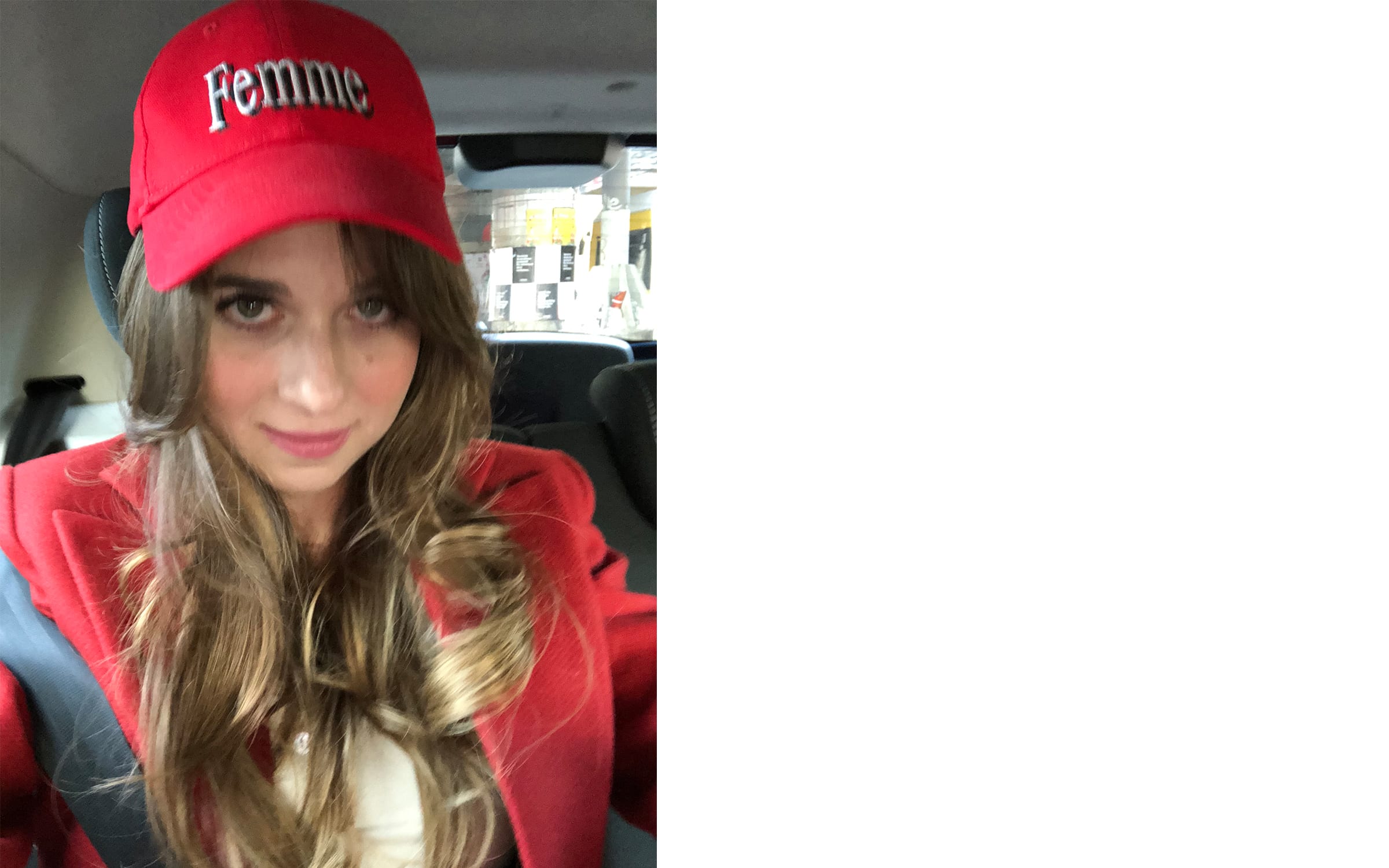Venice Biennale artist, Avery Singer talks processes, robots, and post-human painting
‘I'm interested in the ways in which artists have removed the hand from painting using technology,’ she says
Connectez-vous et inscrivez-vous pour recevoir la newsletter Art Basel Stories
